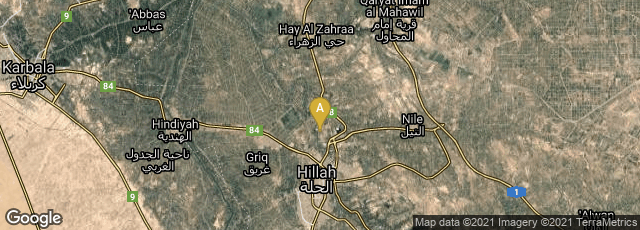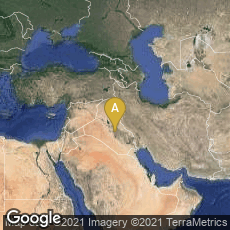

Peter Bruegel the Elder painted three versions of the Tower of Babel. One is kept in the Museum Boijmans Van Beuningen in Rotterdam, the second, reproduced here, is preserved in the Kunsthistorisches Museum in Vienna, while the location of the third version (a miniature on ivory) is unknown.
Under King Nebuchadnezzar II, the king who is named more than 90 times in the Old Testament, the restoration and enlargement of the Etemenanki ziggurat in Babylon was completed after 43 years of labor. The ziggurat was originally built around the time of Hammurabi. It has been calculated that for its construction at least 17 million bricks had to be made and fired.
Some of these bricks were stamped with inscriptions in cuneiform. Eventually the ziggurat became known as the Tower of Babel, and the few bricks from this that survive are known as "Tower of Babel bricks" or Nebuchadnezzar II bricks. In his Typographia: an historical sketch of the origin and progress of the Art of Printing (1825) 2-7 printer and historian of printing Thomas Curson Hansard called these bricks "the first step toward the art of printing."
“Babylon with the ziggurat was captured by Kyros 538 BC, Dareios I 519 BC, Xerxes ca. 483 BC, and entirely destroyed by Alexander I the Great in 331 BC. It is this tall stepped temple tower which is referred to in Genesis 11:1-9, and became known as ’The Tower of Babel’. The bricks are specifically mentioned in Genesis 11:3: ’Come, let us make bricks and bake them in the fire. — For stone they used bricks and for mortar they used bitumen’. The black bitumen is still visible on the back of the present baked brick. These bricks are considered so important and interesting that British Museum had their copy on exhibit with special handout descriptions, from where parts of the present information is taken. For a stele illustrating The Tower of Babel, see MS 2063. Nebuchadnezzar II was the founder of the New Babylonian empire. He captured Jerusalem in 596 and 586 BC, burnt down the temple and all of Jerusalem, carried its treasures off to Babylon, and took the Jews into captivity (2 kings 24-25). Nebuchadnezzar II is the king who is named more than 90 times in the Old Testament. Daniel 1-4 is almost entirely devoted to the description of his greatness and reign, his rise and fall, and submission to God” (Schøyen Collection MS 1815/1).